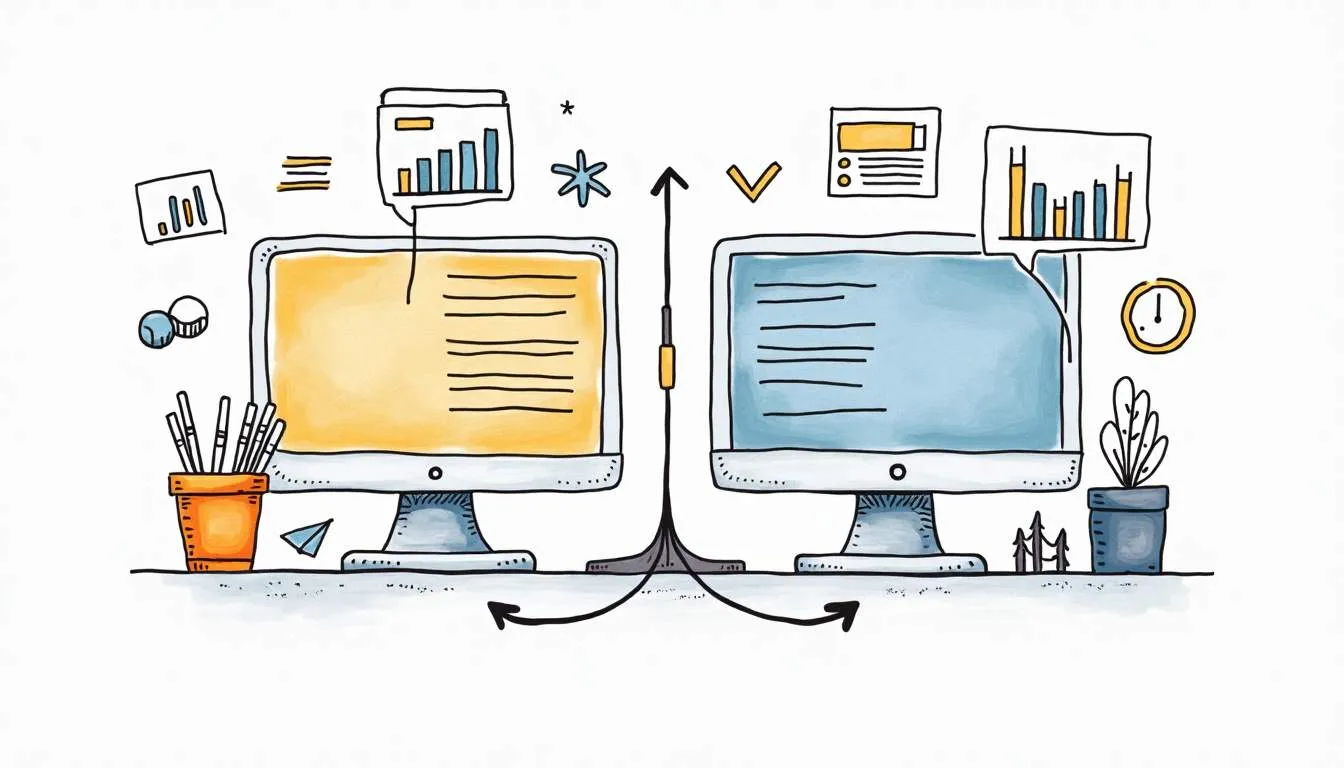


A/B Testing Your Way to Product-Market Fit
Finding product-market fit is often described as the holy grail for startups. It’s the moment when your product perfectly meets the needs of a specific market, leading to sustainable growth and customer satisfaction. However, achieving this fit is rarely straightforward. One of the most effective strategies to navigate this complex journey is A/B testing—an iterative process that allows startups to validate assumptions, optimize features, and make data-driven decisions.
In today’s competitive landscape, where customer preferences shift rapidly and attention spans are short, relying on intuition alone can be risky. A/B testing offers a scientific approach to experimentation, enabling startups to test different versions of their product or marketing messages and measure which resonates best with their audience. This article explores how hypothesis-driven development, combined with rigorous statistical analysis, can accelerate the path to product-market fit.
Hypothesis-Driven Development for Startups
Hypothesis-driven development is a methodology that encourages startups to treat every feature, design change, or marketing tactic as a testable hypothesis rather than a guess. This mindset shift is crucial because it transforms product development from a subjective process into an objective, measurable one. Instead of asking, “What do we think users want?” the question becomes, “What can we test to prove or disprove our assumptions?”
For example, a startup might hypothesize that adding a personalized onboarding flow will increase user retention by 15%. This hypothesis is specific, measurable, and actionable. The team can then design an A/B test where one group of users experiences the new onboarding, while the control group sees the existing version. By comparing retention rates between the two groups, the startup gains concrete evidence about the impact of their change.
This approach aligns perfectly with the lean startup methodology, which emphasizes building minimum viable products (MVPs), measuring user response, and learning quickly. Hypothesis-driven development reduces wasted effort by focusing resources on experiments that provide valuable insights. It also fosters a culture of continuous improvement, where data guides decisions rather than opinions or hierarchy.
Moreover, the iterative nature of hypothesis-driven development allows startups to pivot or persevere based on real-time feedback. For instance, if the onboarding flow does not yield the expected increase in retention, the team can quickly analyze user behavior data to understand why. Perhaps users found the new onboarding process confusing or overly lengthy. This immediate feedback loop enables teams to refine their hypotheses and make informed adjustments, ultimately leading to a product that better meets user needs.
Additionally, this methodology encourages collaboration across different teams within the startup. Developers, marketers, and product managers can work together to formulate hypotheses that encompass various aspects of the user experience. This cross-functional collaboration not only enhances creativity but also ensures that different perspectives are considered in the testing process. By fostering an environment where everyone feels empowered to contribute to the hypothesis generation and testing phases, startups can cultivate a more innovative and agile culture, which is essential in today’s fast-paced market landscape.
Statistical Significance in Early-Stage Testing
While A/B testing is a powerful tool, interpreting results correctly is just as important. Statistical significance is a concept that helps determine whether observed differences between test groups are likely due to the changes made or simply random chance. For startups operating with limited data, understanding and applying statistical significance can be challenging but is essential to avoid costly missteps.
In early-stage testing, sample sizes tend to be small, and user behavior can be highly variable. This variability means that even if one version appears to outperform another, the difference might not be reliable. For instance, a 10% increase in conversion rate might seem promising, but without sufficient data, it could be a fluke. Calculating p-values and confidence intervals helps quantify the uncertainty and decide when results are trustworthy enough to act upon.
Moreover, startups should be cautious about running multiple tests simultaneously without proper controls, as this can inflate the risk of false positives. Tools that automate A/B testing often include built-in statistical calculators, but founders and product managers should still familiarize themselves with the basics of hypothesis testing. This knowledge ensures that decisions are made based on robust evidence, ultimately speeding up the journey to product-market fit.
In addition to understanding statistical significance, it's crucial for startups to recognize the importance of context in their testing. Factors such as seasonality, market trends, and even external events can significantly influence user behavior and test outcomes. For example, a marketing campaign launched during a holiday season may yield different results than the same campaign run during a quieter period. Therefore, considering these external influences when analyzing A/B test results can provide deeper insights and prevent misinterpretations that could lead to misguided strategies.
Furthermore, startups should also be aware of the potential biases that can creep into their testing processes. Selection bias, for instance, occurs when the sample of users participating in the test is not representative of the broader audience. This can happen if certain demographics are overrepresented or if users are self-selecting into the test. To mitigate this, employing random sampling techniques and ensuring diverse user engagement can enhance the reliability of the results. By addressing these biases and contextual factors, startups can refine their approach to A/B testing and make more informed decisions that align with their growth objectives.

Want to see how wednesday can help you grow?




